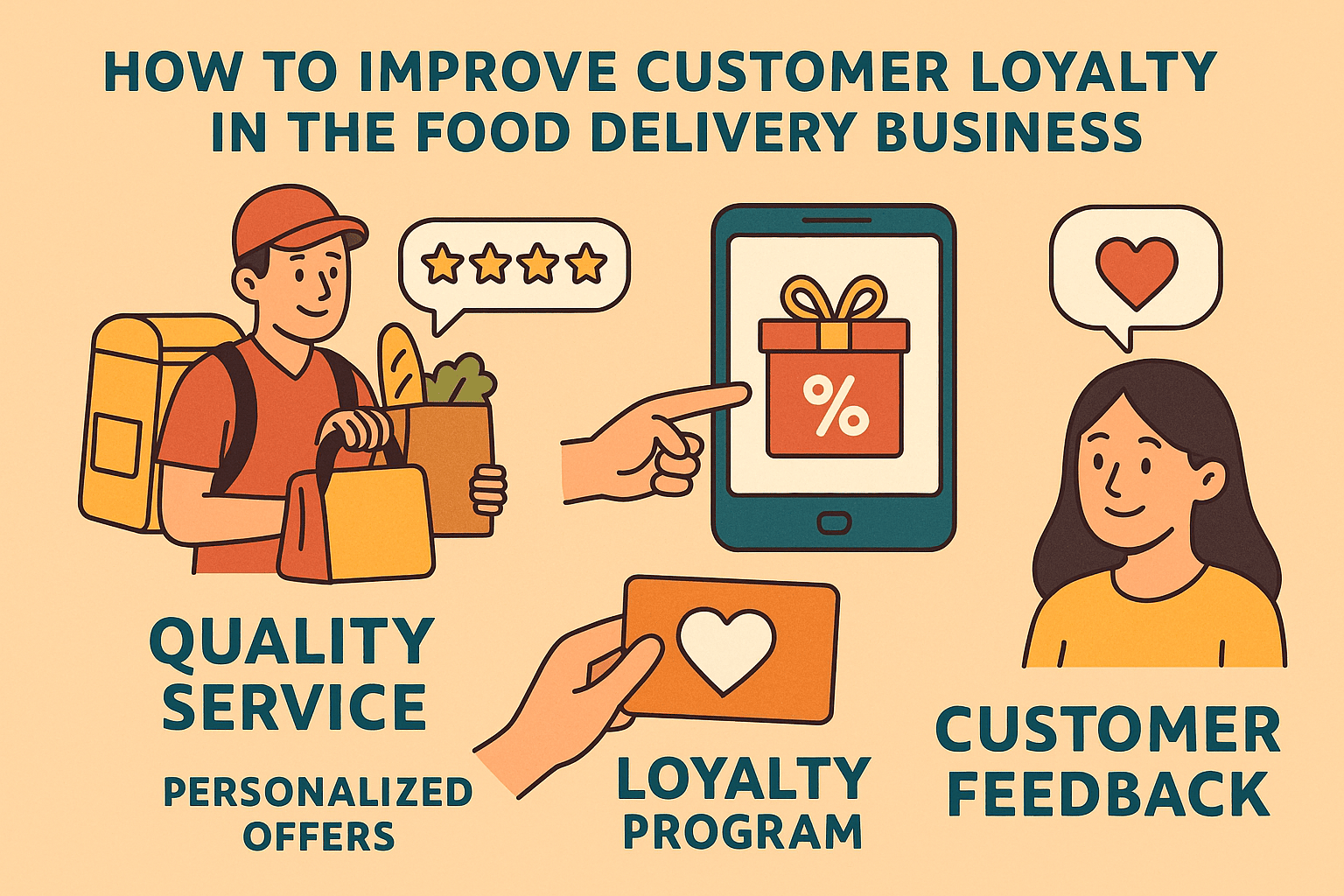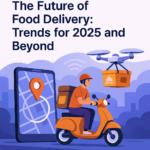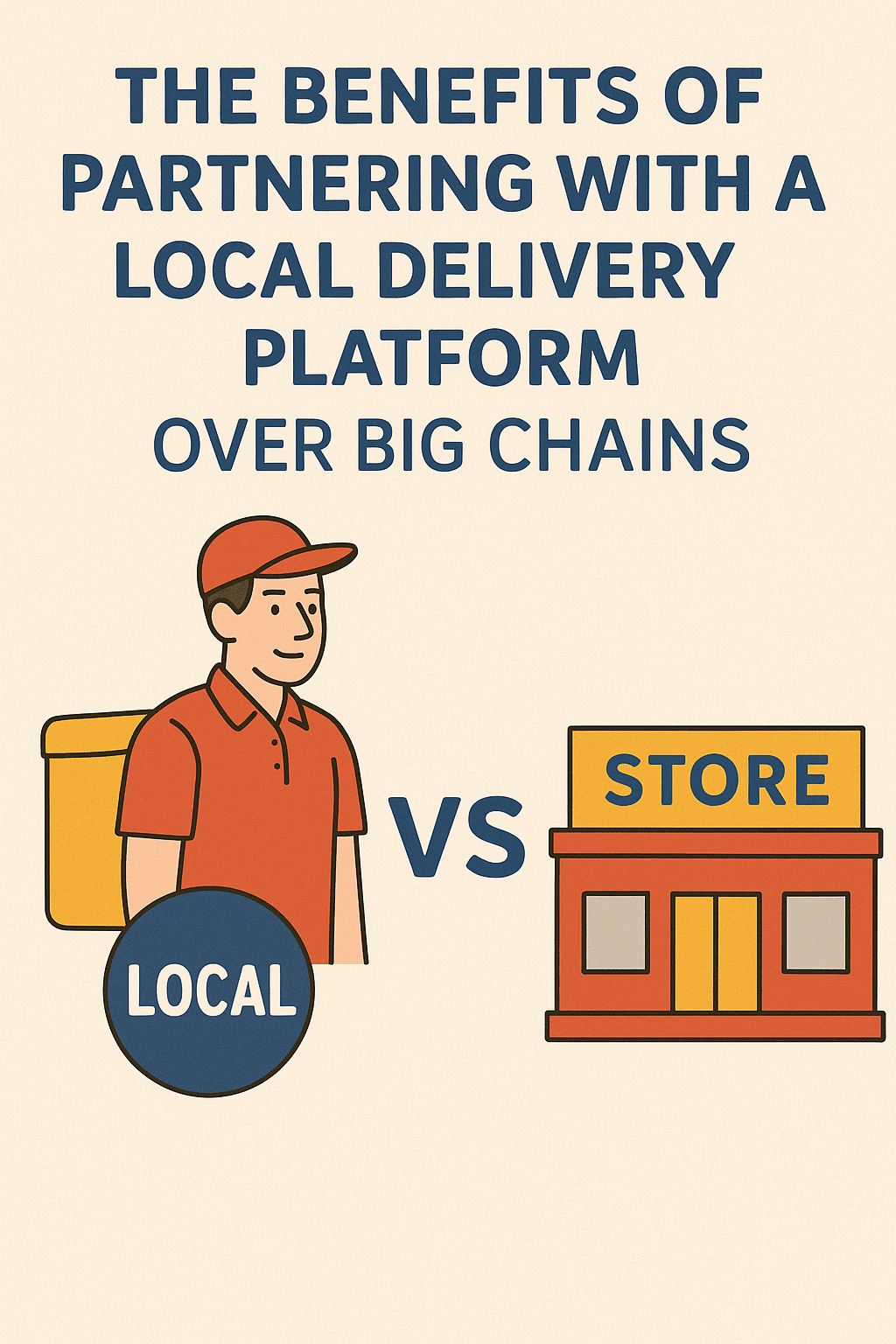The food delivery industry has seen exponential growth in recent years, with more consumers relying on apps and online platforms to order their favourite meals. However, with increasing competition, maintaining customer loyalty is more challenging than ever. Businesses must go beyond providing good food and fast delivery; they must create an exceptional customer experience that fosters long-term relationships. In this guide, we will explore strategies to improve customer loyalty in the food delivery business, ensuring repeat orders and sustainable growth.
1. Deliver Consistent Quality
Customers return to a service they trust. Ensuring that food arrives fresh, hot, and in perfect condition is crucial to retaining customers. Here’s how:
- Partner with quality restaurants and ensure food is prepared to high standards.
- Use high-quality packaging to maintain temperature and prevent spills.
- Train couriers on proper food handling and delivery protocols.
- Implement customer feedback loops to continuously refine quality.
2. Offer a Seamless Ordering Experience
A smooth, hassle-free ordering process keeps customers coming back. Consider these factors:
- An intuitive website and mobile app with easy navigation.
- Fast checkout processes with multiple payment options, including Apple Pay, Google Pay, and PayPal.
- Order tracking with real-time updates to enhance transparency.
- Personalised recommendations based on past orders.
3. Create a Loyalty Programme
Loyalty schemes reward returning customers and encourage repeat purchases. Some effective models include:
- Point-Based Systems: Customers earn points for every order, which can be redeemed for discounts or free meals.
- Subscription Models: Offer a monthly subscription with benefits such as free delivery or exclusive deals.
- Referral Programmes: Provide incentives for customers who refer friends to your platform.
4. Provide Excellent Customer Service
Great customer service builds trust and enhances customer experience. Key strategies include:
- Offering 24/7 customer support via chat, email, or phone.
- Resolving complaints quickly and offering compensation where necessary.
- Training support staff to be friendly, empathetic, and solution-focused.
- Implementing AI chatbots for instant query resolution.
5. Ensure Fast and Reliable Delivery
Customers expect their food to arrive quickly and in great condition. Improve delivery reliability by:
- Optimising delivery routes using AI and GPS tracking.
- Hiring professional, well-trained couriers.
- Offering multiple delivery speed options (e.g., express, scheduled delivery).
- Clearly communicating estimated delivery times and delays.
6. Personalise Customer Interactions
Personalisation makes customers feel valued and appreciated. Effective personalisation strategies include:
- Sending personalised discounts and offers based on order history.
- Using customers’ names in communications.
- Recommending new restaurants or dishes based on past preferences.
- Offering birthday discounts or special occasion promotions.
7. Encourage and Act on Customer Feedback
Feedback helps improve service and shows customers that their opinions matter. Best practices include:
- Sending post-delivery surveys to gather feedback.
- Responding to negative reviews with solutions.
- Publicly acknowledging and rewarding loyal customers.
- Implementing requested improvements to enhance customer satisfaction.
8. Offer Exclusive Deals and Promotions
Regular promotions keep customers engaged and encourage repeat business. Examples include:
- Time-Limited Discounts: Offer discounts during peak meal times.
- First-Order Discounts: Attract new customers with an exclusive welcome offer.
- Bundled Deals: Create combo meals or group discounts.
- Holiday and Seasonal Promotions: Special offers during events like Christmas, Easter, or local festivals.
9. Ensure Secure and Hassle-Free Payments
Secure and convenient payment methods are a critical aspect of customer loyalty. Improve payment processes by:
- Offering a variety of payment options, including digital wallets and BNPL (Buy Now, Pay Later) services.
- Implementing one-click payments for returning customers.
- Ensuring robust cybersecurity measures to protect customer data.
- Providing clear refund and dispute resolution policies.
10. Optimise Your Mobile Experience
Most food delivery orders come from mobile devices. A mobile-friendly experience ensures customer satisfaction by:
- Developing a responsive, fast-loading mobile app.
- Ensuring a user-friendly interface with minimal clicks to complete an order.
- Sending push notifications with exclusive offers and order updates.
- Allowing easy access to customer support from the app.
11. Strengthen Your Brand Identity
A strong brand identity fosters loyalty by making your service recognisable and relatable. Branding strategies include:
- Using a consistent colour scheme, logo, and messaging across all platforms.
- Showcasing brand values, such as sustainability and community engagement.
- Partnering with popular local restaurants to enhance credibility.
- Creating engaging social media content that resonates with your audience.
12. Engage Customers Through Social Media and Email Marketing
Effective digital marketing keeps customers engaged and builds brand loyalty. Strategies include:
- Regular social media updates featuring promotions, new restaurants, and customer testimonials.
- Interactive content such as polls, giveaways, and Q&A sessions.
- Email newsletters with exclusive discounts, food recommendations, and company updates.
- Collaborations with influencers to increase brand awareness.
13. Focus on Sustainability and Ethical Practices
Modern consumers appreciate businesses that prioritise sustainability. Demonstrate commitment through:
- Using eco-friendly packaging and reducing single-use plastics.
- Partnering with local food businesses that source sustainable ingredients.
- Offering carbon-neutral delivery options.
- Implementing a food waste reduction programme.
14. Deliver a Unique Selling Proposition (USP)
Your USP differentiates your service from competitors and encourages brand loyalty. Consider:
- Offering exclusive restaurant partnerships with dishes not available elsewhere.
- Providing a customer satisfaction guarantee with money-back options.
- Implementing innovative delivery solutions like drone or bicycle couriers.
- Introducing features like meal subscriptions or healthy eating plans.
15. Build Trust Through Transparency
Customers value honesty and transparency. Enhance trust by:
- Displaying clear pricing without hidden fees.
- Providing accurate delivery estimates and order status updates.
- Offering a clear, fair refund and cancellation policy.
- Communicating openly about operational challenges (e.g., delays due to bad weather).
Conclusion
Customer loyalty is the backbone of a successful food delivery business. By delivering consistent quality, offering a seamless user experience, personalising customer interactions, and maintaining transparency, businesses can cultivate long-term customer relationships. Implementing these strategies will not only improve customer retention but also drive sustainable growth and brand success in the competitive food delivery market.
By continuously refining your service and prioritising customer satisfaction, your food delivery business can build a loyal customer base that keeps coming back for more.


